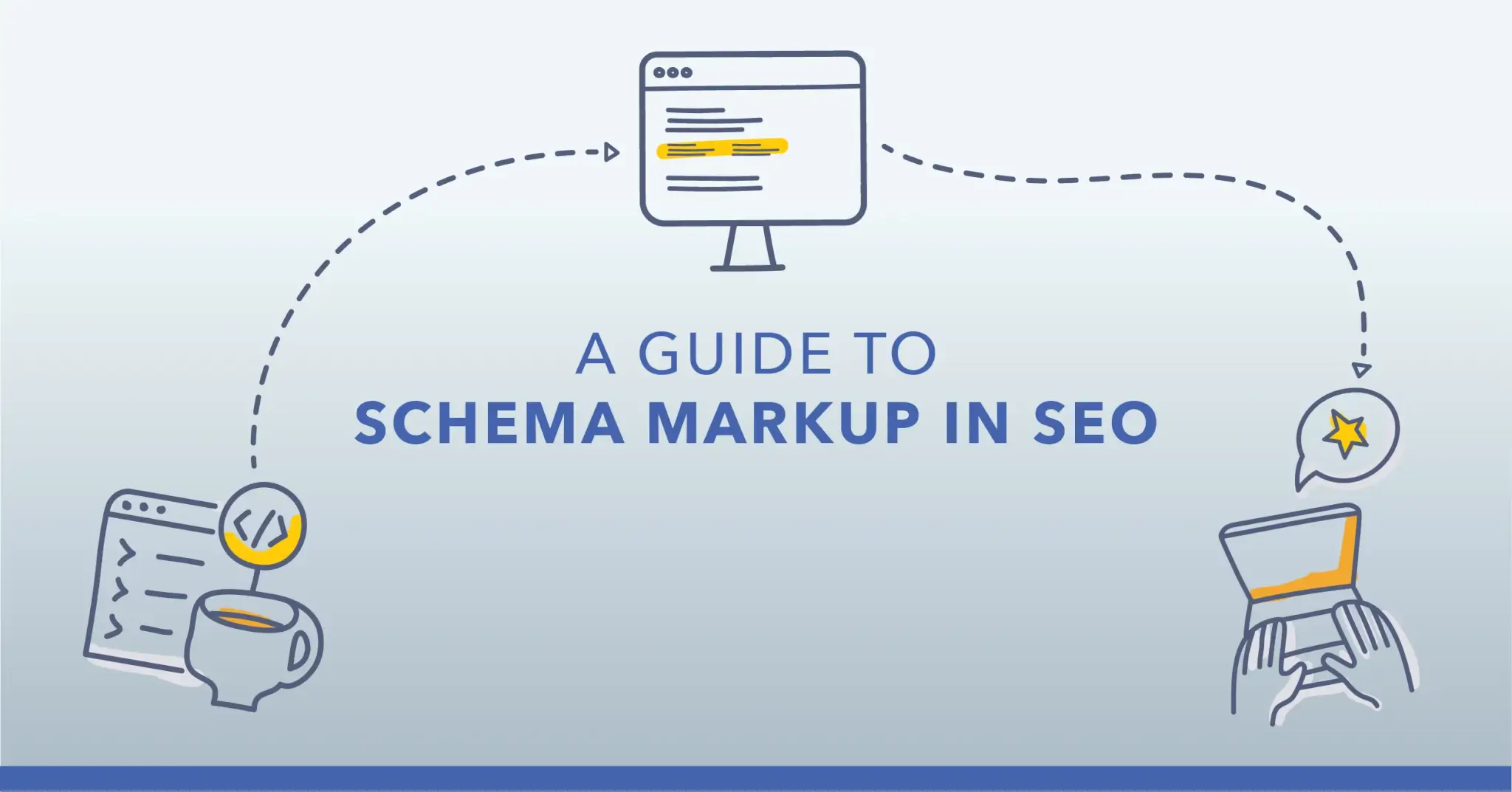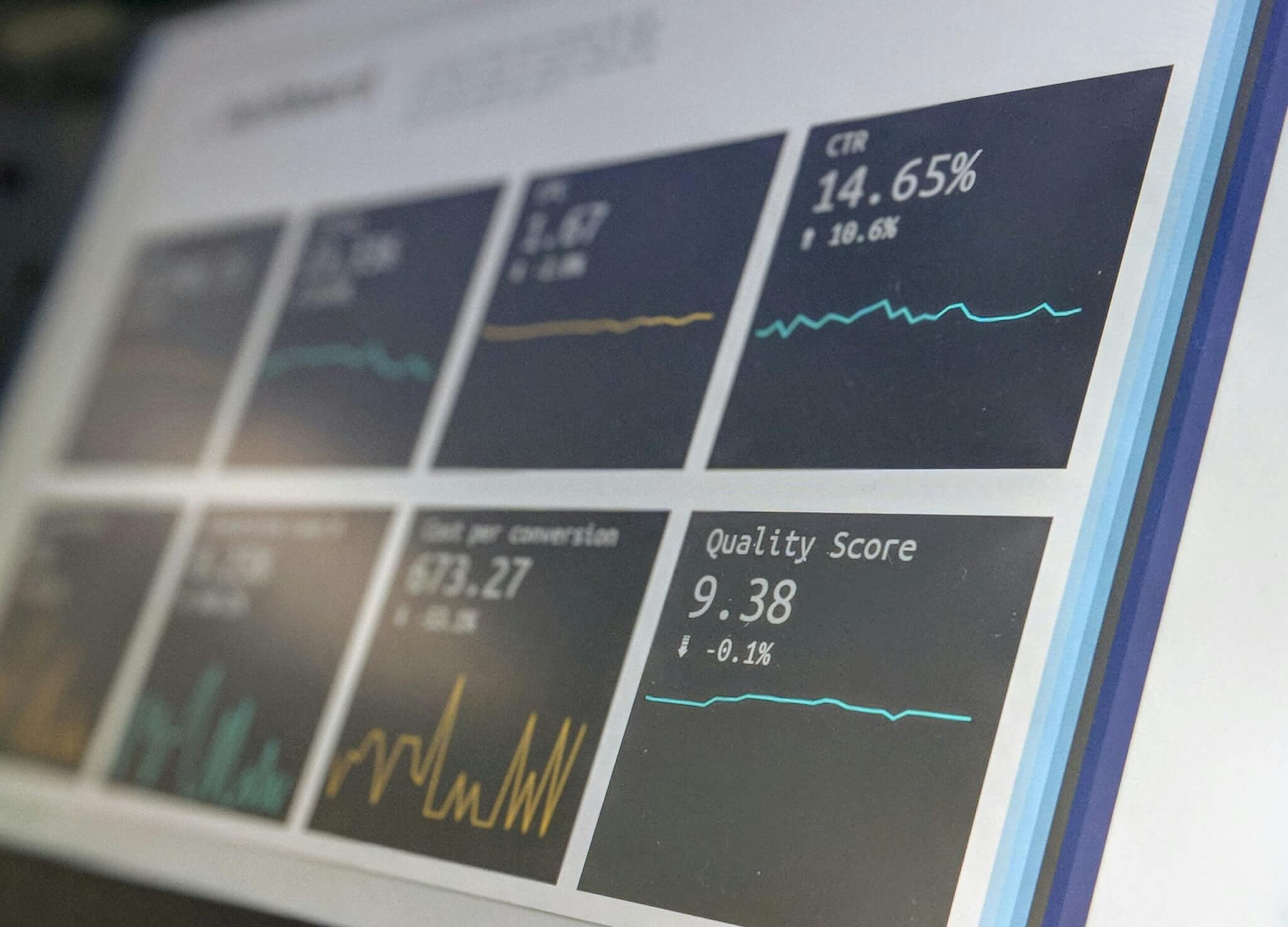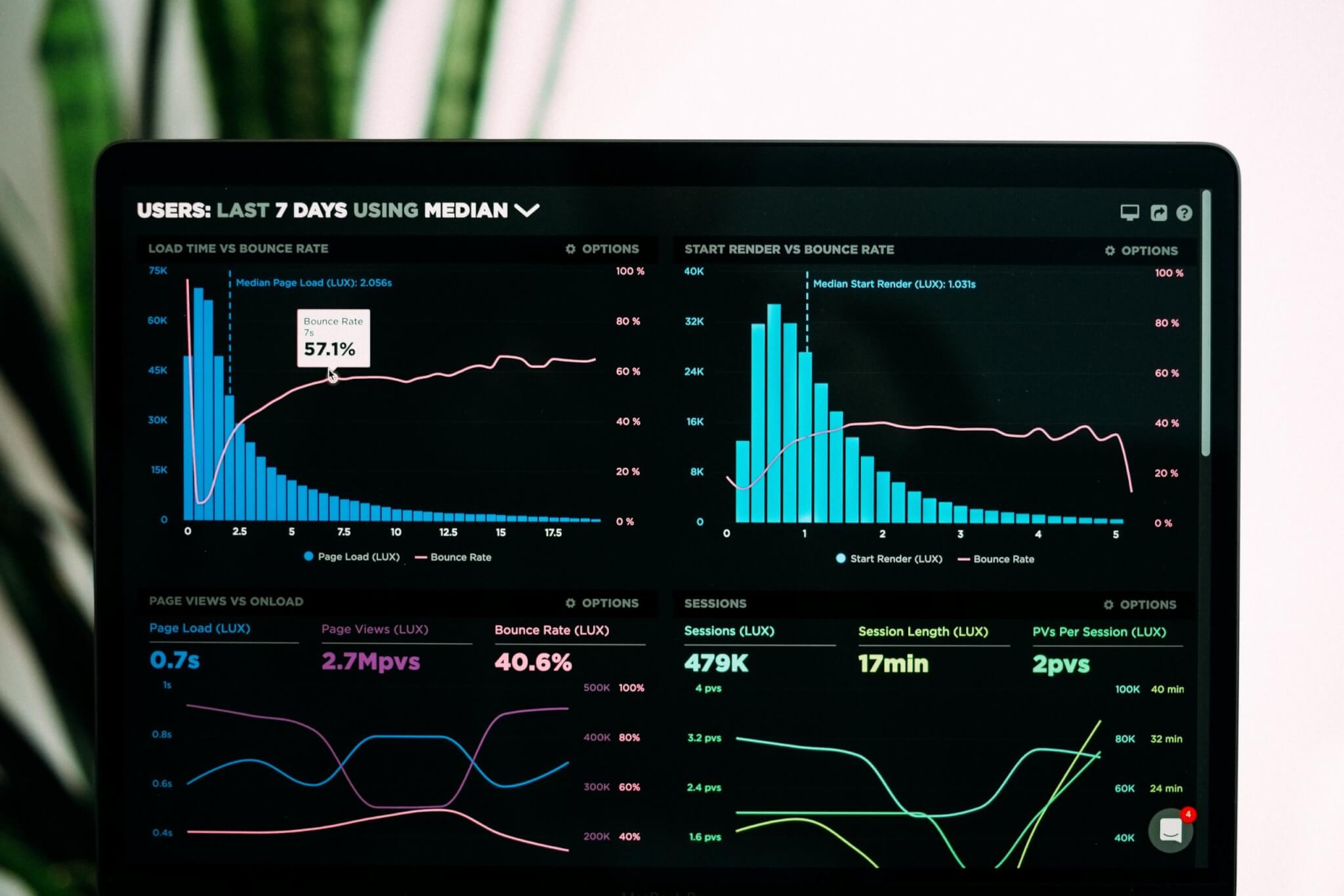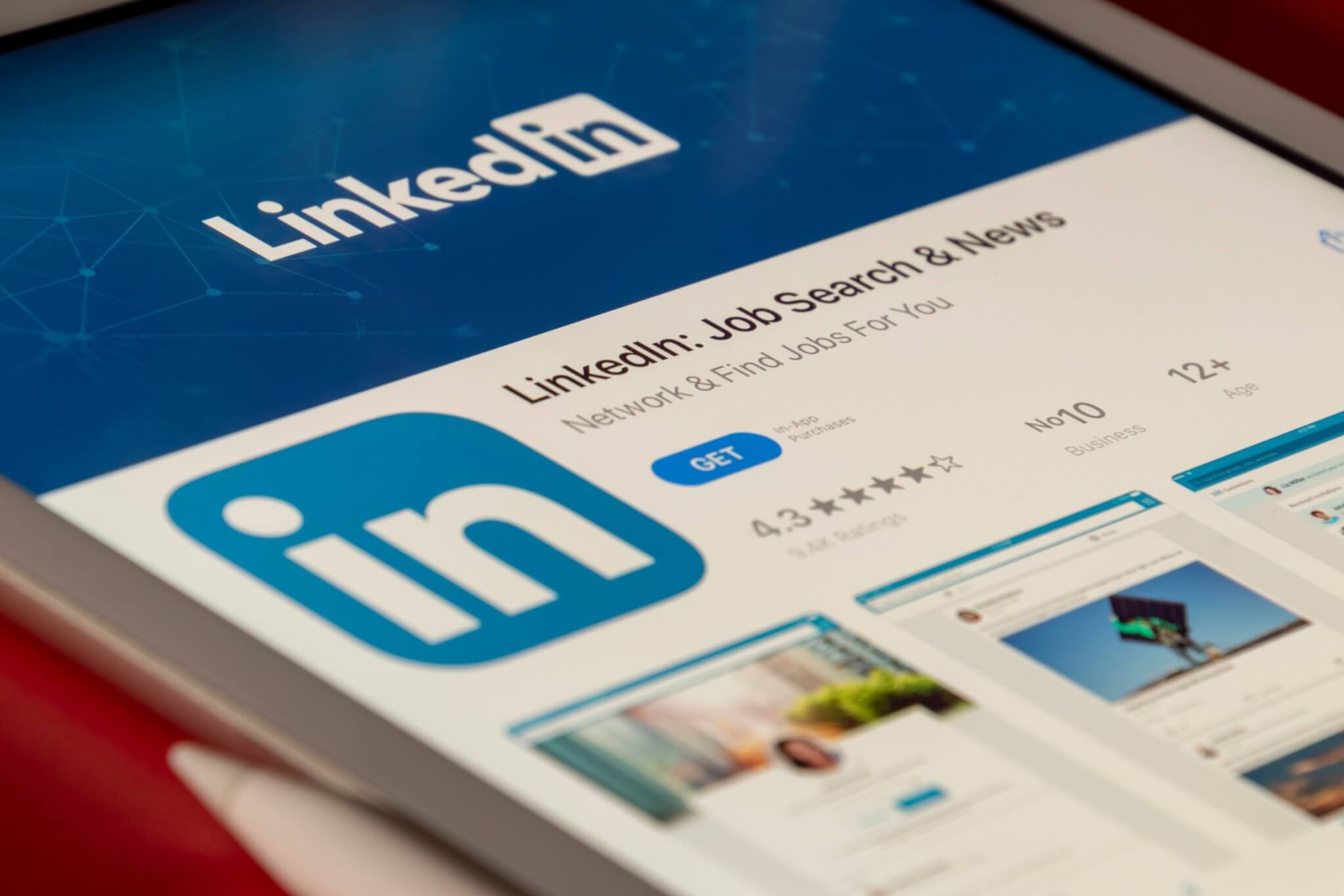You’ve used them multiple times a day for at least the last couple of decades. Yet there’s a strong chance that you don’t know what one is.
A generic top level domain (gTLD) is something we’re so adept at using we never even have to give it a second thought. But it’s both a key element of your business’s website and a valuable attribute in creating a trusted, authoritative brand.
In short, it’s a critical component of a domain name – the information you type into the address bar that directs you to one of the 1.8 billion websites on the internet.
Leaving aside the automatically added https://, and the www. that nobody uses any more, the two components of a domain name are the second-level domain (the “distinctly” in distinctly.co) and the top-level domain (the “.co”).
Here we explain what a generic top-level domain (gTLD) is and why it’s so important.
What is a gTLD?
A website’s top-level domain serves two purposes:
- It helps to differentiate websites further beyond the company name that typically appears in the second-level domain
- It may tell the user what type of content appears on the website
The term “generic top-level domain” refers to the most commonly used examples of these such as .com. Despite the name, a generic top-level domain can be a sought-after element in a website’s domain name because of the value and authority that it can help give to your company.
Most of the common gTLDs date back to the beginnings of the internet, when domains such as .com, .net, .org, .edu and .gov were first used.
Unlike most elements of the internet we know today, they haven’t changed very much since the 1980s – and the fact that they are so familiar makes them more trusted by users.
Examples of traditional gTLDs
In more than three decades of the internet there haven’t been many examples of “if it ain’t broke, don’t fix it”, but traditional gTLDs are one of them. The ongoing presence of these traditional generic top-level domains in our ever-changing digital lives makes them an instantly recognisable and highly valuable element of your website’s identity.
The most common examples are:
- .com which stands for “commercial” and is the world’s most widely used gTLD. It’s widely believed that having a .com domain can also help a website to rank highly in search results.
- .net which stands for “network” and was originally used by tech companies. It’s still common for websites of web-based products and services to use this domain but it’s far from exclusive to them, and easier to secure than a .com domain.
- .org which stands for “organisation”. This domain was once commonly used by charities and NGOs but is available for any website to use – Wikipedia being probably the most famous example.
- .co which usually stands for “company” and is not to be confused with the ccTLD for Colombia. Many newer websites and startup companies use .co in order to distinguish themselves from older, traditional .com websites.
What is the difference between gTLD and ccTLD?
Common generic top-level domains are used all over the world. However, some of the most popular top-level domains internationally are not gTLDs but country code top-level domains (ccTLDs).
These help websites to target users in specific countries (and may render them inaccessible to users outside of the country in question). They work in the same way as gTLDs, and some of the most common examples include .cn for China, .de for Germany, .fr for France and .au for Australia – as well as .uk for the UK.
Some domain names contain both a gTLD and a ccTLD, such as .org.uk or .co.uk, in order to specify both the type of content on the website and the territory it’s based in.
The future of new gTLDs
In the years since the traditional gTLDs first emerged, many similar forms have come and gone in popularity (such as .info and .biz) but a number of new types of top-level domains have emerged which look likely to compete with gTLDs in the future.
Among these are geographic TLDs – which go further than specifying countries by serving particular regions such as .london or .berlin – and industry TLDs which specify exactly what a company does such as .lawyer or .plumber.
The most likely of these to attain the same level of reputation as a common gTLD, however, is a branded TLD such as .distinctly.
These allow companies to have total ownership of their corner of the internet, bring extra security benefits and help a brand to differentiate itself and seem credible – not to mention forward-looking.
This could mean that the days of competing for a gTLD like .com are numbered, but makes the value of a top-level domain likely to last for many decades to come.
Creating an authoritative domain with international SEO
Wherever in the world you are looking to grow your brand’s reputation, the right top-level domain is one of many critical elements that our international SEO agency will endeavour to get right. We take the time to understand what’s unique about your business and help you to tailor your message and create the right impression from the moment the user hits the address bar. Get in touch with us today to find out more.





































